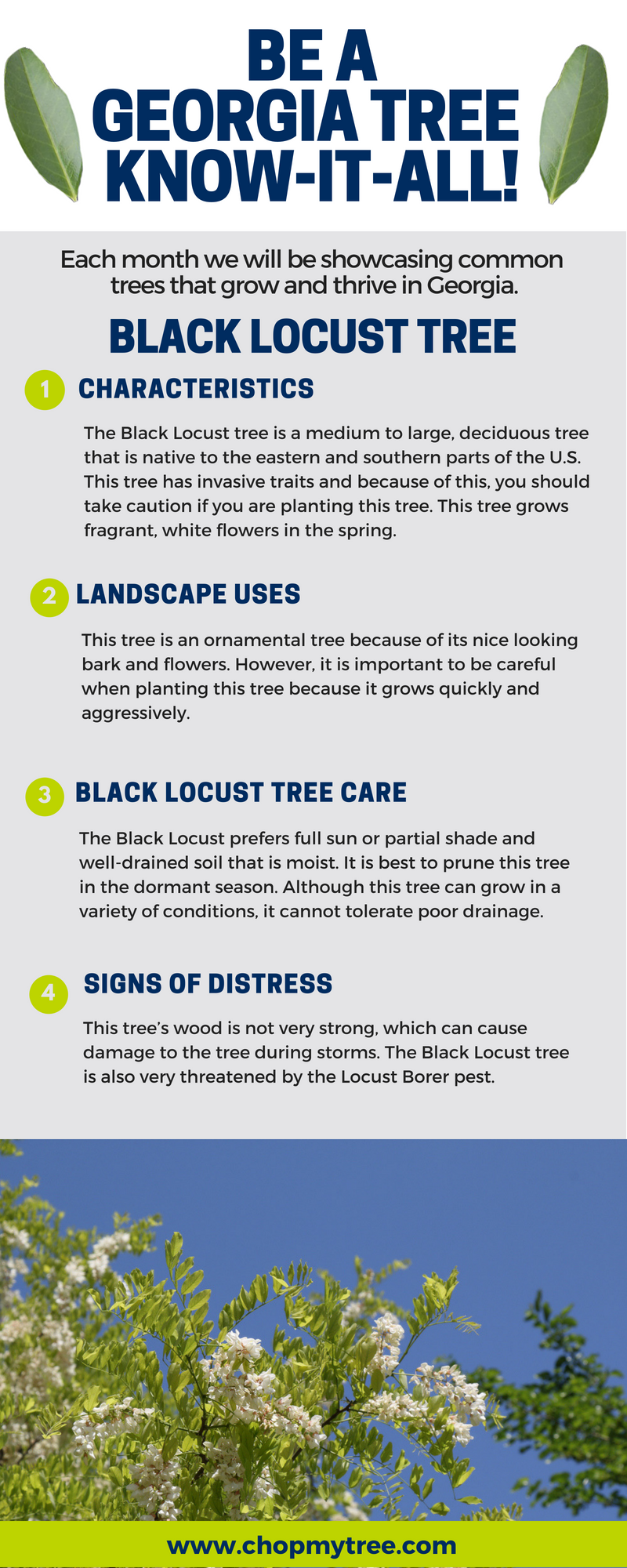Post-Tree Removal Upkeep: Efficient Approaches For Landscape Remediation
Post-Tree Removal Upkeep: Efficient Approaches For Landscape Remediation
Blog Article
Web Content Author-Nunez Chambers
After a tree's elimination, your landscape may look fairly various, and it's essential to evaluate the results carefully. You'll want to evaluate the soil disruption and examine surrounding plants for any type of signs of tension. Disregarding these variables can lead to bigger troubles down the line. So, what should you perform with those stumps and roots? And just how do you pick the most effective plants for your revitalized room? Allow's discover these vital steps.
Evaluating the Results: Evaluating Your Landscape
After a tree removal, it's essential to examine your landscape to comprehend the effect it carries your yard.
Beginning by taking a look at the area where the tree stood. Look for signs of dirt disruption, and inspect the surrounding plants for any stress or damage.
You ought to likewise make note of just how the removal has changed sunshine direct exposure and airflow in your garden. This shift can affect the development of nearby plants, so it's important to review their health.
Take into consideration the aesthetic facets also; the elimination could produce an open space that you can redesign.
Ultimately, think of any kind of potential disintegration problems that could develop from the tree's lack. Attending to source web page will assist bring back balance to your landscape.
Taking care of Stumps and Origins: Alternatives for Removal
As soon as you've assessed the results of the tree removal, you'll likely require to tackle the stump and roots left.
Storm Damage Tree Removal Near Me have a couple of alternatives for elimination. One reliable approach is stump grinding, where a specialist makes use of an equipment to grind the stump down to underground level. This strategy leaves very little interruption to your landscape.
If you favor a do it yourself method, you can use a mix of digging and chemical stump eliminators. Just remember, this process can require time and effort.
Additionally, think about leaving the stump as a natural feature, which can function as a special garden element or environment for wildlife.
Whatever you select, attending to the stump and roots is essential for restoring your landscape.
Selecting the Right Plants for Your New Space
As you evaluate your recently gotten rid of room, selecting the right plants can substantially improve your landscape's elegance and functionality.
Begin by thinking about the sunshine and soil problems. For warm locations, go with drought-resistant plants like lavender or succulents. In shaded spots, brushes and hostas grow well.
Think of the size and growth routines of your plants; mix perennials and annuals for seasonal selection. Don't neglect to integrate indigenous species; they require much less upkeep and support regional wildlife.
Group plants in odd numbers for an extra natural appearance and produce layers for visual deepness.
Lastly, ensure you have a mix of colors and textures to keep your landscape dynamic throughout the periods.
Happy growing!
Final thought
Finally, recovering your landscape after tree removal is a fulfilling procedure. By analyzing the results, dealing with stumps and origins, and picking the right plants, you'll create a growing setting. Don't forget to include erosion control actions to secure your dirt. With a little initiative and treatment, you can transform your room into a vibrant garden that improves your property. Embrace the chance to renew your landscape and delight in the appeal of nature right in your yard!
